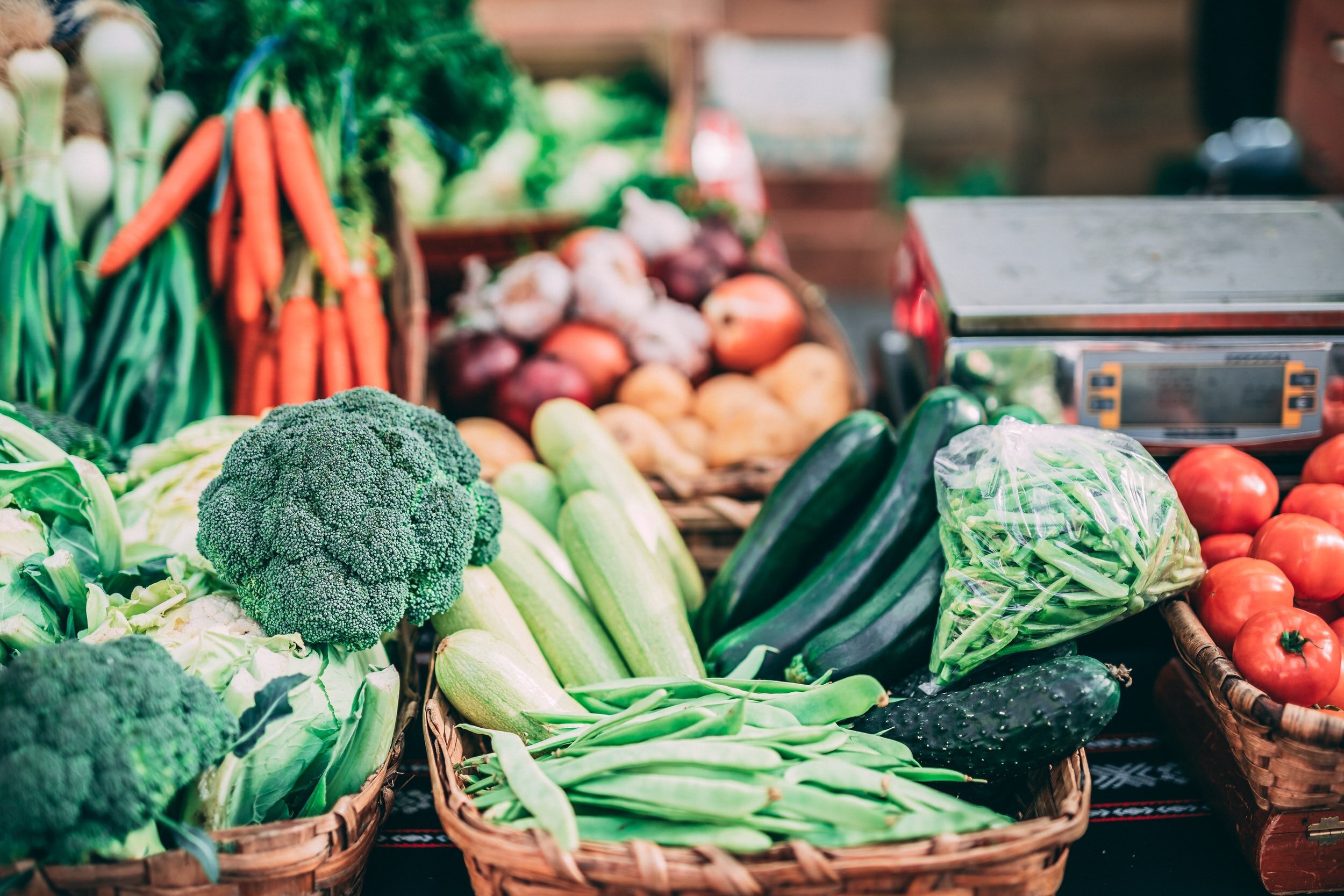How Ontarians Can Protect the Ocean
World Oceans Day
Today is World Oceans Day - a day for people across the globe to come together to honour and celebrate the Oceans.
It probably goes without saying, but the World Ocean is an incredibly vast and important resource. Beyond being the habitat for countless animal species, the Ocean also produces more than half of the world’s oxygen and helps to regulate the climate.
Despite its inherent value and importance, humans have not been taking care of the Ocean as well as we should.
Pollution, including plastic pollution, is one of the biggest threats facing the Ocean today. According to the IUCN, 8 million tons of plastic end up in our oceans every year.
When plastic enters our waterways, it poses a direct threat to wildlife. Animals can become entangled in nets, injure themselves on sharp objects, or mistake plastic pieces for food. By now, most of us have seen viral photos of the destruction plastic can have on marine life and their environments.
For our Executive Director, Rochelle Byrne, it was the famous photo of the sea horse holding a pink cotton swab - an item that she herself had used countless times - that helped kickstart her passion for the environment. “When I first started doing litter cleanups, my main goal was to clean up the environment and protect wildlife, but it didn’t take long for me to start recognizing items I was picking up. It made me wonder where my waste was in the world. How many things I’ve thrown out are currently in the Ocean?”, said Byrne when asked about this.
For those of us living in Ontario, Ocean pollution may feel like a faraway issue. What kind of role could we possibly play in Ocean pollution when we’re so far away from the coast?
It’s true, Ontario has no direct access to the Ocean. However, Ontario residents play a much bigger role in keeping the Ocean clean than many know.
How the Great Lakes Connect to the Ocean
Ontario borders four out of five of the Great Lakes. What many people don’t realize is that all five Great Lakes are connected to each other through rivers and tributaries. Water from Lake Superior and Lake Michigan flows into Lake Huron. From Lake Huron, the water flows through the St. Clair and Detroit Rivers into Lake Erie, before making its way through the Niagara River to the Easternmost Great Lake: Lake Ontario.
But, it doesn’t end there. Water from Lake Ontario flows through the St. Lawrence River into the Atlantic Ocean.
All of this is to say, in Ontario, we are very much connected to the Ocean, despite what many of us may think. The actions we take in the Great Lakes can have a direct impact on the Ocean.
In theory, a piece of litter dropped in Lake Superior could make its way through the Great Lakes out into the Atlantic Ocean. For example, in 2008, a train derailment caused countless nurdles - small plastic pellets used in producing new plastic items - to spill into Lake Superior. Despite clean-up efforts, nurdles are still being found all over the shores of Lake Superior more than 10 years after the incident.
A Greener Future has found thousands of nurdles along the shores of Lake Ontario, hundreds of kilometres away from Lake Superior. Though there is no way to know for sure where these nurdles came from, Lake Ontario would be the last stop in the Great Lakes for plastics flowing through the system.
With that in mind, consider this: more than 22 million pounds of plastic end up in the Great Lakes every year. This plastic never really “goes away”, it breaks down into smaller and smaller pieces and flows through the connected rivers and lakes, and can then end up on shorelines, ingested by wildlife, in the Ocean.
With the Greener Future team residing in the Greater Toronto Area, most of our work focuses on Lake Ontario. Every year since 2016, we have carried out our Love Your Lake project, which consists of 100 litter cleanups on the shores of Lake Ontario. Through this project alone, we have picked up more than 350,000 pieces of litter from the shores of the Lake. Plastic makes up more than 90% of the litter we pick up.
Although litter cleanups are only part of the solution, there is something to be said for removing hundreds of thousands of environmental hazards from the Lake to prevent the destruction of both, our local ecosystems and faraway marine environments.
A Greener Future will continue our Love Your Lake program this summer, but unfortunately, will not be able to host volunteers at our cleanups due to COVID-19. However, there are still many ways for you to get involved virtually.
Ways Ontarians Can Help Protect the Ocean
Dispose of waste properly
Preventing litter is an essential step in limiting the amount of plastic that ends up in our Lakes and Oceans
Reduce your waste
When possible, opt for package-free versions of the items you purchase most and bring reusable bags, bottles, cutlery, mugs, etc. when you go out to avoid using single-use plastics. This is not an option during COVID-19, but a good habit to pick up when the pandemic is over.
Support organizations that work to protect Lakes and Oceans
Hold the government accountable
The Canadian Federal Government proposed to ban single-use plastics as early as 2021, which is a step in the right direction. However, we need to keep the pressure on them to ensure that their promises are kept. Sign this petition to show your support.
Encourage the government to invest in a Green Recovery post-COVID-19. Sign this petition to show your support.
Follow our journey online while we carry out Love Your Lake 2020
Follow us on Instagram or subscribe to our newsletter for updates on our progress





















